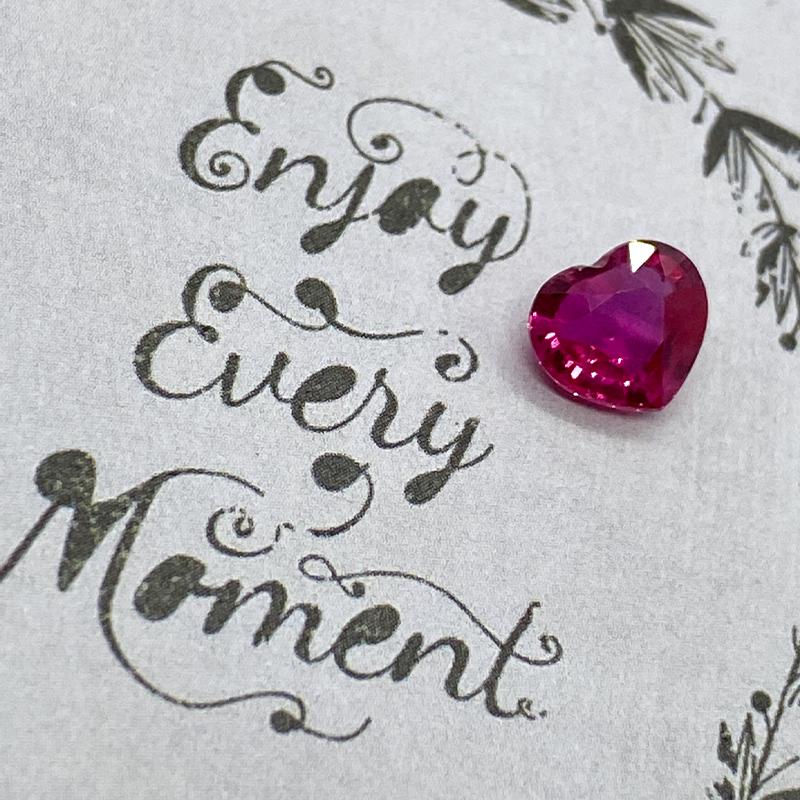
WELCOME JULY WITH THE ROYAL RED RUBY
The precious stone traditionally associated with the seventh month, and with the zodiac sign of Cancer, is the Ruby.
Ruby’s name comes from “rubber”, Latin for red, and this precious stone occurs in a range of red tones.
The most desirable shade is a pure, deep, yet vibrantly bright red, traditionally called “pigeons blood.”
Paler stones and stones which display more orange or more purple are still valuable, but less so.
Ruby is a variety of the mineral called corundum (aluminum oxide).
Other varieties of gem-quality corundum are called Sapphires.
The Ruby measures a 9.0 on the Mohs hardness scale, placing it close to the hardness of Diamond at 10.
Are Rubies Better than Diamonds?
Ready for a surprise?
High-quality Rubies are rarer than Diamonds. High-quality Sapphires and Emeralds also are rarer than Diamonds. However, Diamonds command the highest per-carat price because the international Diamond market is tightly controlled by suppliers. These suppliers strategically always keep a percentage of available stones out of circulation, to create interest and raise the value.
Our passion is color, and we feel that life is juicier and more delicious with colorful precious gems – red, pink, yellow, blue, violet.
Don’t you agree?
What Makes a Ruby Red?
To spill the tea—no one is 100% sure.
We know that a Ruby is a type of corundum, colorless when pure.
When chromium enters the mix, the stone turns red.
(Titanium and iron in the mix turn the stone blue, making it a Sapphire.)
But the conditions needed to create Rubies are so rare that experts can’t land on a single, simple explanation.
The Power of the Ruby
Historically, the world’s most valuable Rubies were mined in Burma, now officially called the Republic of the Union of Myanmar. The ancient kingdoms of this South Asian culture mastered the use of iron, copper, and bronze 13,000 years ago, and produced metal artworks which are today considered benchmarks in human civilization.
Many later societies, including those of Western Europe, regarded Rubies as possessing supernatural powers.
For centuries, Rubies have been set into royal crowns and ceremonial jewelry worn by nobility, as well as priceless religious objects.
These stones were also sought out as ornaments for the hilts of swords and other armor as a magical protection against injury in battle, probably because of the gem’s resemblance to blood.
Today, fine Rubies from Mozambique and Malagasy rival the quality of the classic Burmese Ruby, although the stone’s metaphysical powers remain a matter of opinion, regardless of its origin.
What are Rubies Worth?
The world’s most valuable Ruby of the record is the Sunrise Ruby, at 25.59 carats, which sold for $30.42 million USD in 2015. This astonishing price is evidence of the increasing value and popularity of fancy colored gemstones as an exciting alternative to conventional Diamonds.
An even larger Ruby, called the Liberty Bell Ruby, has been missing since its theft in 2011. Carved in the shape of the Liberty Bells and tipping the scales at more than four hefty pounds, that giant gem vanished without a trace during a jewelry heist.
In “The Wizard of Oz”, Dorothy relied on her Ruby slippers to carry her safely home to Kansas after protecting her from the Wicked Witch of the West, apple-throwing haunted trees, flying monkeys, and loads of other fairytale mayhem.
In fact, the story of the Ruby slippers are so beloved that jeweler to the stars Harry Winston created a replica of the pair worn by Judy Garland in the 1939 movie.
Garland’s originals glittered with red sequins, while Winston’s interpretation was inlaid with 4,600 premium Rubies totaling 1,350 carats, with 50 carats of diamonds for extra sparkle. Winston’s Ruby slippers sold at auction for $3 million in 1989, commemorating the 50th anniversary of the MGM classic film. Their value today can only be imagined.
Fourteen years later, celebrity shoe designer Stuart Weitzman was inspired by Dorothy’s Ruby slippers in 2003 to create a cherry-red pair of stilettos that sold at Harrods of London for $1.6 million.
Weitzman used 642 Burmese Rubies totaling more than 120 carats to adorn the shoes, affixing the gems in place with 123.33 carats of platinum thread.
After her long and dangerous journey, Dorothy discovered that all she had to do was click her heels together three times.
Want a Ruby that will change your life?
Let’s talk.
Rubies in a Surprising Star-Role
Throughout history, gems have always had associations with constellations, the zodiacs, and unseen forces.
Whether or not this is your cup of tea, Rubies may display a phenomenon called “asterism” which may give you a new interest in star-gazing, as well as a craving for a really juicy red gemstone!
The word “asterism” comes from the Greek word, “aster” meaning star—from which we get our words astronomy, astronaut, and astrology.
An asterism is an example of a bad thing that turned good.
In any faceted stone, inclusions, meaning flaws, are considered a no-no.
These inclusions may appear like splinters or specks, and make your stone less brilliant. Inclusions cloud the fire of the stone and drop its value considerably.
A huge stone that’s cloudy or murky is worth less than a smaller, clear, fiery stone of much more modest size and carat-weight.
Unless, of course, the stars align, and the inclusions exhibit asterism.
The star-effect is caused by dense inclusions of tiny fibers of rutile also known as “silk.”
When six of these needle-like rutiles are bright silver-white, crisply defined, intersect at perfectly spaced angles, you have a Star Ruby.
This sort of Ruby is cut into a cabochon, meaning a rounded, smooth stone cut into a high dome instead of being faceted.
The value of a Star Ruby is determined by the strength and sharpness of the star formation, and the intensity of the body-color of the stone.
Clear, clean rutile formations produce a perfect, six-rayed star that seems to magically glide across the surface of the gem as it moves.
In terms of color, a Star Ruby usually falls more in the pink spectrum than the vivid blood-red demanded faceted stones.
Star Rubies are usually opaque, versus the complete water-clarity desired for a faceted Ruby. This is another way in which the Star Ruby defies the accepted conventions for a faceted stone.
The cutting of any precious gem is a time-honored art that requires exceptional skill. This is definitely true for the Star Ruby, which requires that the star be centered perfectly in the middle of the stone for the perfect display of the rutile starburst.
Until quite recently, stones exhibiting a star were more popular than a clear, faceted stone. During the 1960s, a synthetic starburst gem called the Linde star enjoyed true cult-status.
The “Linde star sapphire” was created by a complete accident, by an international industrial manufacturer that specialized in refrigeration gasses!
Linde created these very affordable faux-gems in an extraordinary range of colors as demand grew, including novelty shades of electric pink, lime-green, burnt orange, chocolate brown, and other trending colors of the day.
As with natural stone, the star formation is crisp and mobile.
These origins are far from glamorous and provide an interesting insight into how people respond to this star-struck gem.
But today, the real rock star is a real piece of the rock – and a Ruby, to quote the Rolling Stones, is a gas, gas, GAS.
Ready for a Ruby Tuesday?
Or a Spinel Saturday?
We’d love to consult with you as your search for the perfect gemstone. Contact us at info@heritagegemsandjewels.com or call us at 213.675.7766

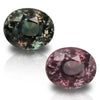 Alexandrite
Alexandrite Amethyst
Amethyst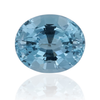 Aquamarine
Aquamarine Chrysoberyl
Chrysoberyl Demantoid
Demantoid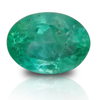 Emerald
Emerald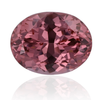 Garnet
Garnet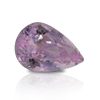 Kunzite
Kunzite Paraiba
Paraiba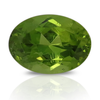 Peridot
Peridot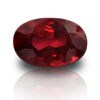 Ruby
Ruby Sapphire
Sapphire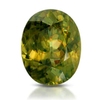 Sphene
Sphene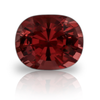 Spinel
Spinel Tanzanite
Tanzanite Topaz
Topaz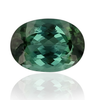 Tourmaline
Tourmaline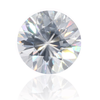 Zircon
Zircon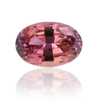 Zoisite
Zoisite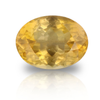 Rare Gemstones
Rare Gemstones Heart Shape
Heart Shape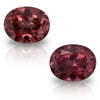 Matched Duo
Matched Duo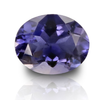 Everyday Candy
Everyday Candy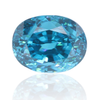 Insta Therapy
Insta Therapy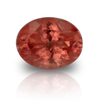 Mini-Splurge
Mini-Splurge